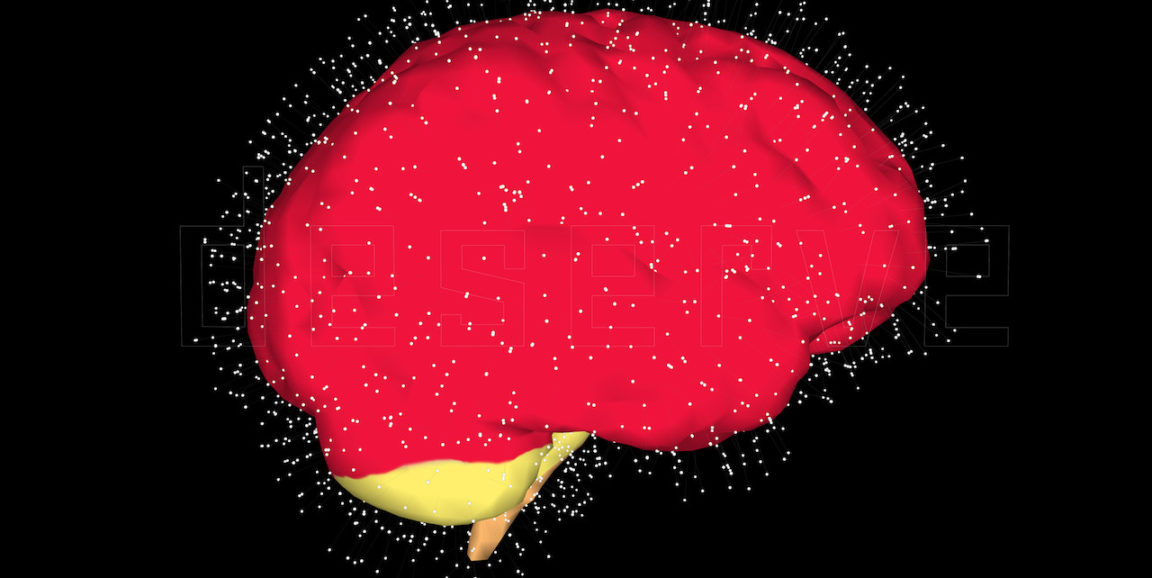Opioids are commonly referred to as painkillers, but the term is actually a misnomer, according to Beth Darnall, PhD, a Stanford pain psychologist.
"Chronic pain is rarely eliminated with opioids," writes Darnall. "Research has shown that on average, long term use of opioids reduce pain only by about 25 to 30 percent. But many people don't tolerate them at all due to side effects."
In her newest book written for health care providers, Psychological Treatment for Patients With Chronic Pain, Darnall presents evidence-based alternatives to long-term opioid therapy that she says can improve quality of life for chronic pain suffers and reduce pain.
"Pain is distressing, let's face it," Darnall says. "Nobody wants pain. We are all highly motivated to escape pain. There are psychological techniques that can be used to turn down the volume of pain, reduce our suffering and the need for medication by empowering people to best control their own pain."
With millions of Americans currently taking opioids for chronic pain coupled with national restrictions on opioid prescribing, alternatives are in desperate need, she says.
Darnall explains that she learned the importance of using the power of the mind to reduce pain through her 15 years of working with patients with all types of chronic pain including those with spinal cord injuries, amputations and catastrophic burns.
Her newest book, published in August, is a practical field guide for psychologists — and other health care providers — in pain management techniques using cognitive behavioral therapy, mindfulness, hypnosis and biofeedback.
One of the biggest problems for patients trying to develop cognitive and behavioral skills to reduce pain is the severe shortage of mental health care practitioners trained in it, she says. That lack of training in pain treatment extends to other health care providers as well.
"Many physicians receive as little as four to 11 hours of chronic pain training in medical school, hardly sufficient to manage the complexities of chronic pain and all the psychosocial issues that accompany it," Darnall writes. It's a problem she is determined to help alleviate.
And oftentimes, health care providers treat pain as a purely physical sensation, omitting other aspects of the experience, Darnall says. "Pain is a negative sensory and emotional experience. Psychology is built into the definition of pain. So we're missing half the definition of pain, and as a result getting poor outcomes."
Opioids have been shown to be most effective for short-term pain relief, but when used long-term they come with a long list of side effects in addition to the frightening risks of addiction such as hormone imbalance, insomnia, inflammation, and, ironically enough, worsening of the pain, Darnall writes in the book.
"The world is more ready for psychological treatments for pain than it has been before," she says. "Most people are interested in treating pain with lowest risks. These psychological strategies can equip patients to reduce their suffering and live better lives."
Photo by Nicholas Hardeman




